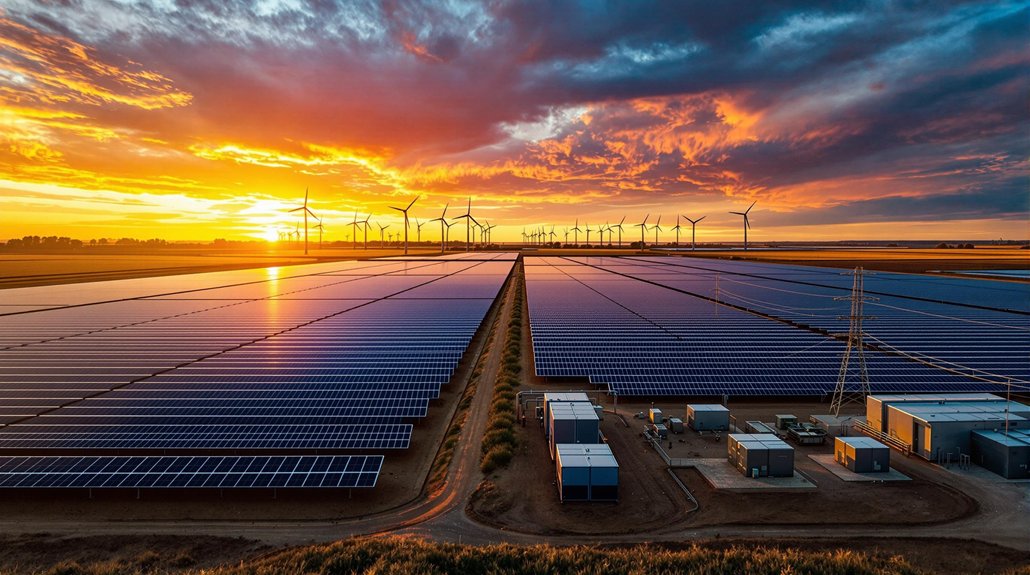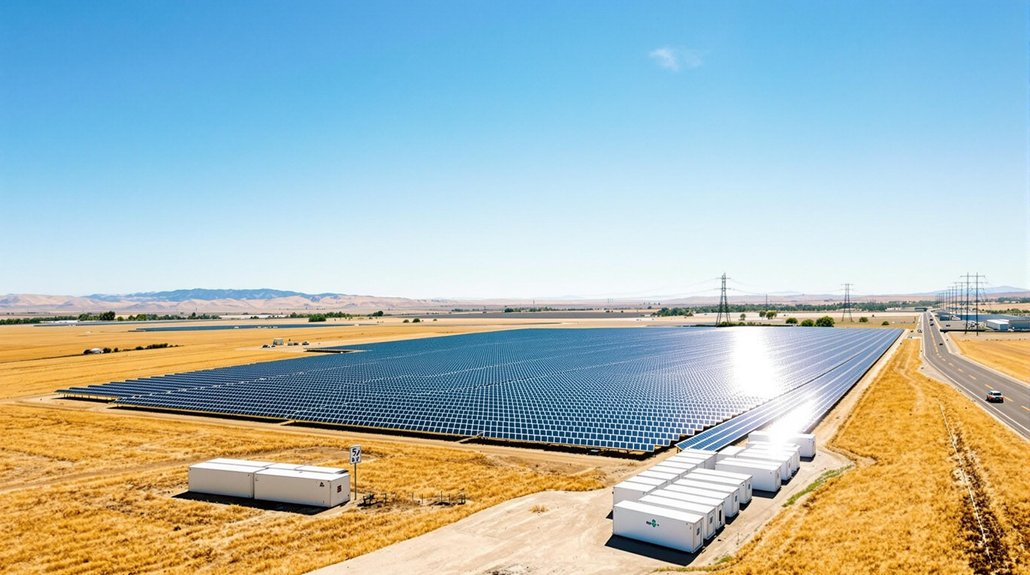Renewable liquid gas is transforming rural energy systems in China, potentially cutting carbon emissions by 92%. This alternative fuel supports the country’s carbon neutrality goals while creating local jobs and economic growth. As part of China’s Rural Energy Transformation program, these innovations help address the 15% of national emissions that come from rural areas. Smart grids and community cooperatives are making this clean energy shift more accessible to village communities.
As China shifts away from traditional energy sources in rural areas, a significant change is underway that promises to reshape the countryside’s economic and environmental landscape. The rural energy shift aims to reduce greenhouse gas emissions, which currently account for 15% of China’s total emissions. This move to clean energy has the potential to generate energy equal to 7.3 billion tons of standard coal each year.
In 2023, the government launched the Rural Energy Transformation Pilot County Construction Program. This initiative brings together the National Energy Administration and other ministries to boost clean energy use in rural regions. The program supports China’s goals of reaching carbon peak and carbon neutrality while creating more livable rural communities.
The economic benefits of this shift are substantial. Rural areas are seeing new jobs and growth in local industries. The energy transformation contributes to poverty reduction and helps spread prosperity more evenly. New energy companies are forming to meet the increasing demand for extensive energy solutions. The global renewable energy market, which reached 189.5 billion dollars in 2022, is creating economic opportunities in rural regions worldwide.
Rural energy transformation creates jobs, reduces poverty, and fosters inclusive economic growth across Chinese countryside.
Technology plays a significant role in this shift. Smart grids, efficient energy storage, and renewable power generation from wind, solar, and biomass are being implemented across rural China. Energy-efficient appliances and practices are becoming more common, strengthening energy security in these areas.
Despite progress, challenges remain. The high initial costs of renewable technologies and gaps in rural infrastructure create barriers. Limited financing options and uneven profit distribution also slow adoption rates. Rural energy consumption has grown significantly with per capita living energy increasing from 325 kg in 2000 to 434 kg in 2019, and is expected to reach 518 kg by 2030. Many projects need better regulation and more local involvement to succeed.
Community-based approaches offer promising solutions. Rural energy cooperatives encourage local participation and fair access to energy. These models combine environmental, social, and economic benefits while reducing opposition to new energy projects. The introduction of renewable liquid gas has shown particular promise in transforming energy markets in these communities.
China’s rural energy transformation provides valuable experience for other countries facing similar challenges. The lessons learned contribute to global carbon reduction efforts and support the UN’s Sustainable Development Goals, particularly in rural areas that often lag behind in clean energy adoption.









